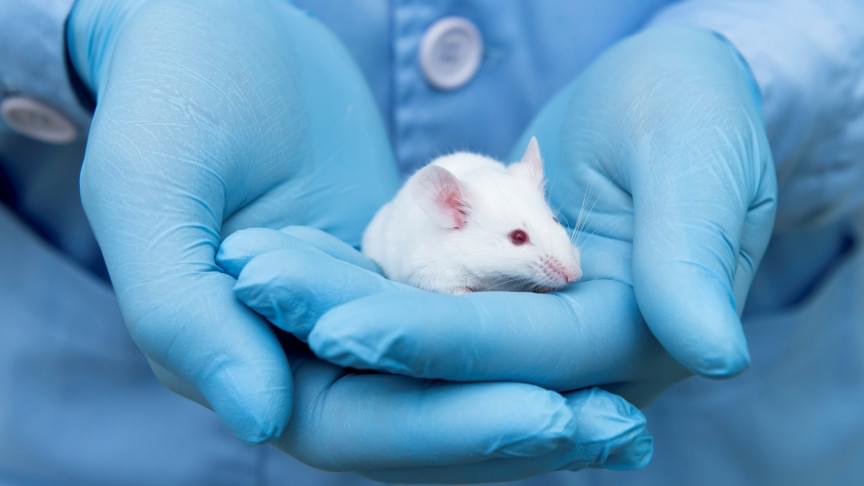‘This might be a housing bubble,’ says Dallas Fed economist—here’s an exclusive look at the latest housing market analysis.



Mimicking the human body, specifically the actuators that control muscle movement, is of immense interest around the globe. In recent years, it has led to many innovations to improve robotics, prosthetic limbs and more, but creating these actuators typically involves complex processes, with expensive and hard-to-find materials.
Researchers at The University of Texas at Austin and Penn State University have created a new type of fiber that can perform like a muscle actuator, in many ways better than other options that exist today. And, most importantly, these muscle-like fibers are simple to make and recycle.
In a new paper published in Nature Nanotechnology (“Nanostructured block copolymer muscles”), the researchers showed that these fibers, which they initially discovered while working on another project, are more efficient, flexible and able to handle increased strain compared to what’s out there today. These fibers could be used in a variety of ways, including medicine and robotics.

“We’re just human, and we cannot predict what the universe is going to tell us.”
It’s the moment we have all been waiting for: The James Webb Space Telescope will make its first scientific observations of the universe in the coming weeks. The first full-color images will drop on July 12, 2022, along with spectroscopic data.
This is the crescendo moment in a scientific symphony that has been tuning up for the last two decades.
What the images will show is somewhat a mystery —so Inverse spoke to Klaus Pontoppidan, Project Scientist with the Webb Mission Office at the Space Telescope Science Institute and Technical PI for Webb’s Early Release Observations, to try and glean some clues to what they will reveal.




Duisburg, a massive inland port in Germany, is building a new container terminal on a former coal island. The port will reportedly become climate neutral via a hydrogen-based supply network that is set for operation by 2023. “Our mtu fuel cell solutions for electrical peak load coverage as well as mtu hydrogen heat and power generation station will supply the future terminal with electrical energy and heat in a sustainable way,” said Rolls-Royce Power Systems. The hydrogen-powered mtu fuel cell solutions will supply electrical power as soon as the public grid reaches its limits, while waste heat will partly be used to heat buildings around the port.
CWP has signed a framework agreement with the government of Mauritania to develop a planned 30 GW green hydrogen project. The $40 billion AMAN project will include 18 GW of wind capacity and 12 GW of solar. It will generate approximately 110 TWh per year at full capacity.